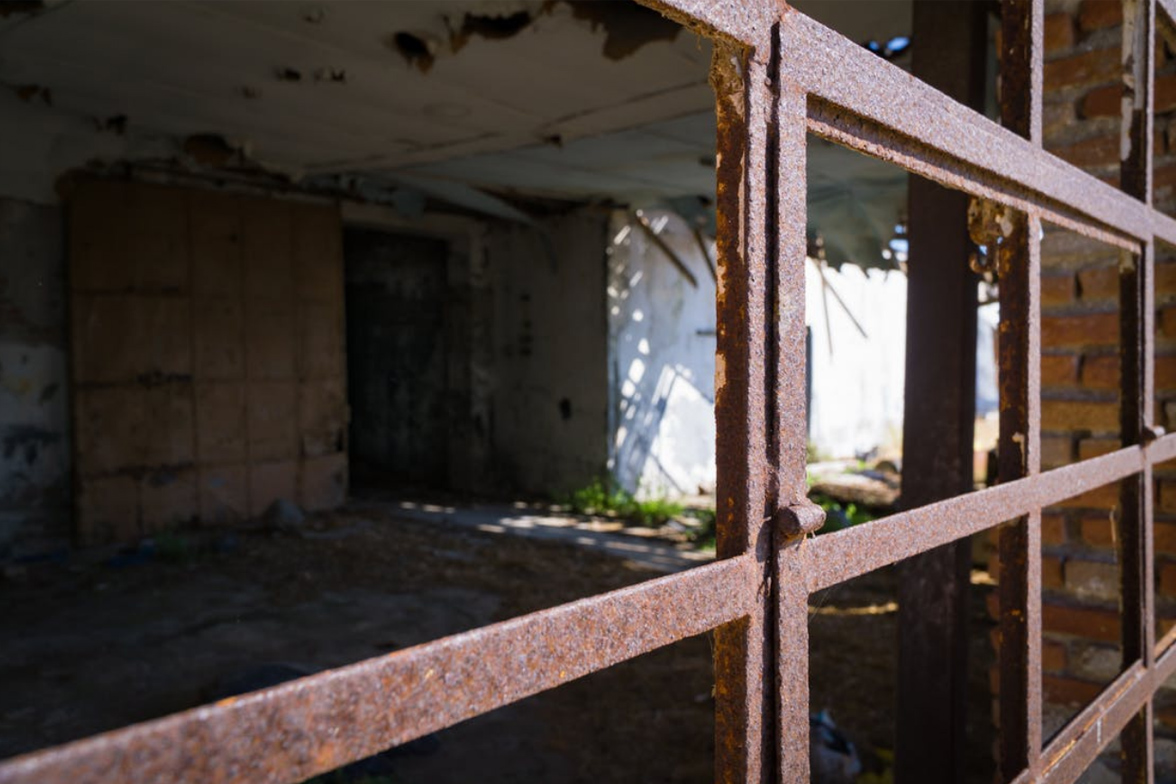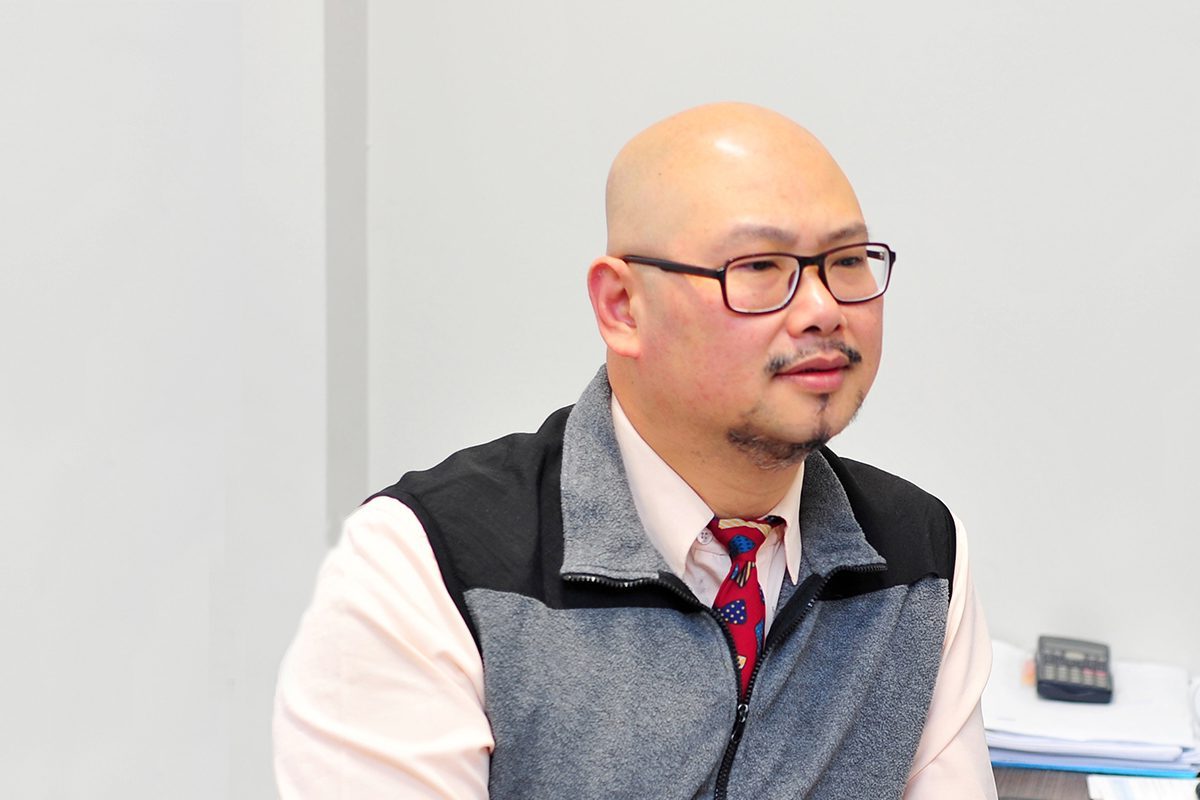Using innovative technology originally developed for cultural conservation, our member Opus International aims to detect rust on steel structures from up to 100m away.
The idea for developing the technology originally came from Opus structural materials and corrosion engineer Raed El Sarraf, who has undertaken numerous assessments of steel structures to determine levels of corrosion, including the Auckland Harbour Bridge, and is very familiar with the challenges involved in making these assessments. For example, it is easy to mistake red lichen for rust from a distance, and very difficult to determine the degree of corrosion occurring beneath paint and other surface coatings.
Working in collaboration with scientists at Nottingham Trent University, Opus believes the new technology could save tens of millions of dollars per year in surveying costs while removing the need for potentially hazardous inspections. The project has been recognised and supported by UK Innovate, a government agency that aims to drive business growth by supporting science and technology developments, with a $750,000 research grant.
The three-year research programme aims to develop a remote imaging system using a hand-held tripod or UAV-mounted instrument that simultaneously performs both 3D and spectral imaging. This combination of imaging has not been available before for use in a single system for the inspection of structures. The resulting 3D models will provide detailed information regarding surface blistering and corrosion that could inform decisions about when to repair or decommission structures such as bridges.
This leading-edge spectral imaging technology, using a broadband laser-like light source with a wide-frequency range, will enable more precise data collection than previously possible, Professor Haida Liang, Head of the Imaging & Sensing for Archaeology, Art History & Conservation (ISAAC) research group at Nottingham Trent University explains: “Normally a colour image has three channels but with spectral imaging you chop it down to more, finer channels, so instead of just three you can have ten or whatever you like,” Liang says.
The potential applications of 3D spectral imaging in civil engineering came to light in late 2015 when Opus’ James Hulme approached Nottingham Trent University for assistance with a number of remote imaging issues related to rust. Liang’s work with remote imaging for conservation, and her work with red ochre – a paint made up of the same chemical ingredient as rust – meant she had highly relevant expertise.
The support of the UK Innovate research grant has enabled Opus and Nottingham Trent University to be more ambitious in their work and the team has set its sights on extending the surveying distance from 30m to 100m.

